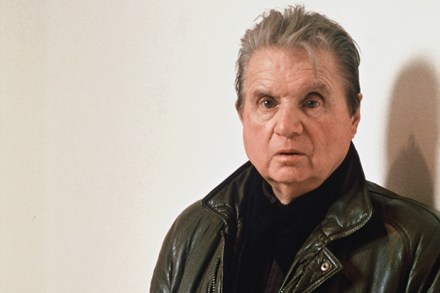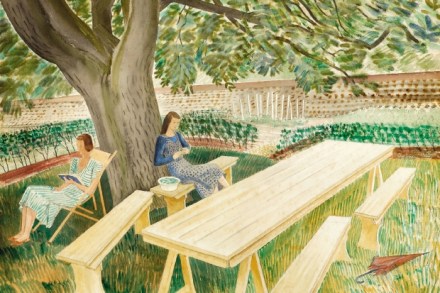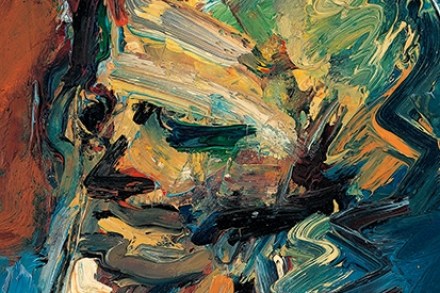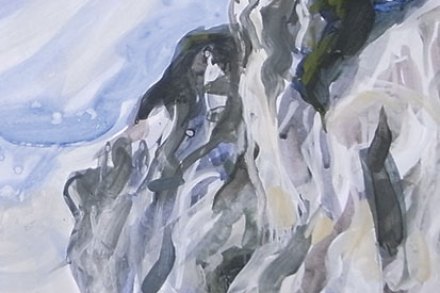Samuel Palmer: from long-haired mystic to High Church Tory
In his youth, Samuel Palmer (1805–1881) painted like a Romantic poet. The moonlit field of ‘The Harvest Moon’ (1831–32) glows with uncanny significance; for Palmer, as for Tolstoy’s Lieven, the bowed forms of the peasants at the harvest are shadows of divinity. Palmer aged like a Romantic poet too. The long-haired mystic became a High Church Tory: like Coleridge, but without the drinking. ‘The Past for Poets, the Present for Pigs,’ was Palmer’s opinion of England after the Reform Act. But did the poetry of Palmer’s seven-year sojourn in the ‘Valley of Vision’ at Shoreham, Kent also decline into prosaic commerce and pastoral nostalgia? In Samuel Palmer: Shadows on the




















